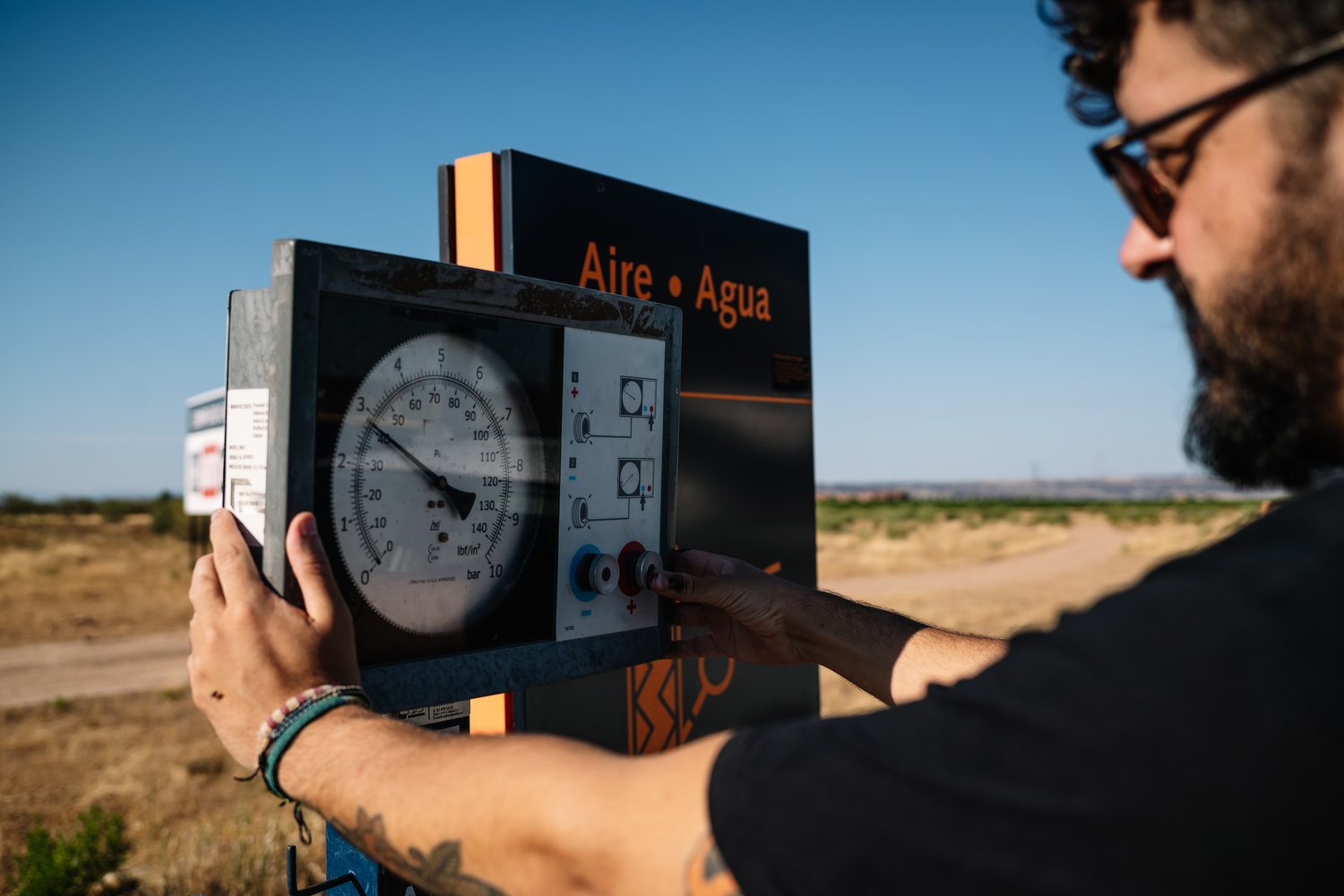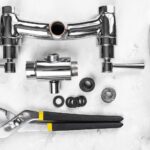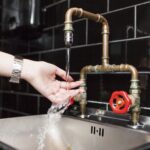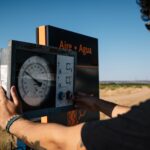As a homeowner, having access to real-time and reliable weather data right at your fingertips is a game-changer. But what happens when your home weather station starts showing odd temperature readings or refuses to connect to your network? Understanding and troubleshooting common issues like sensor calibration errors and data connection hiccups can make a world of difference in ensuring accurate weather forecasts. This article dives into these challenges, offering actionable solutions to keep your system running smoothly.
- Discover how improper sensor calibration can skew your weather data and learn effective ways to rectify these inaccuracies.
- Find out the importance of regular sensor maintenance and recalibration in maintaining the reliability of your home weather station.
- Unravel the mysteries of data connection issues, from signal interference to hardware malfunctions, and discover strategies for improving connectivity.
By exploring these aspects, you’ll gain a deeper understanding of the intricacies of home weather stations and the steps you can take to enhance their performance. With this knowledge, you’ll be better equipped to ensure your weather data remains both accurate and dependable.
Understanding Home Weather Station Errors: Sensor Calibration Challenges
Home weather stations are a remarkable tool for obtaining localized weather data. However, achieving accurate measurements requires meticulous attention to sensor calibration. Calibration errors can significantly impact the reliability of collected data, leading to misguided weather predictions and unnecessary worries.
Temperature, humidity, wind speed, and other atmospheric variables depend on the precise alignment and functioning of sensors. Without proper calibration, these sensors may provide skewed results, painting an inaccurate picture of current conditions. Regular calibration is not just a technical necessity; it’s the backbone of ensuring your home weather station delivers trustable and actionable insights into your local environment.
Identifying and Resolving Calibration Issues in Sensors
Identifying the root of sensor calibration challenges is the first step toward resolving inaccuracies. Misaligned sensors can wreak havoc on data integrity, offering readings that stray far from true conditions. Outdated calibration settings compound these issues, as they fail to account for sensor aging or environmental changes.
Regular maintenance is crucial. Begin by inspecting sensor alignment to ensure they face the right direction and are free from obstructions. Recalibration is another vital process. This involves updating calibration settings to reflect the latest standards, using calibration tools or software provided by the manufacturer.
Keeping a vigilant eye on sensor placement is also key. Sensors should be placed where they can freely interact with the environment, free from any potential interference. By addressing these common calibration pitfalls, you establish a foundation for reliable weather station operation and accurate data reporting.
Navigating Home Weather Station Errors: Data Connection Solutions
Home weather stations offer invaluable insights into local weather patterns with remarkable precision. However, a common issue many users face is data connection problems, which can significantly affect the reliability and accuracy of the information collected.
Understanding the potential causes behind these data connection errors is crucial to effectively resolving them. Issues often arise due to interference from other electronic devices, a poor Wi-Fi signal, or even hardware malfunctions within the weather station itself.
One of the primary steps in addressing these challenges involves assessing and optimizing network settings. This might involve altering the frequency or channel of your Wi-Fi network to minimize interference, especially if multiple devices are vying for the same signal pathway.
For more persistent issues, upgrading the equipment could prove beneficial. This might include investing in a weather station with enhanced connectivity features to better manage data transmission, ensuring robust and consistent performance.
Regular software updates are another effective solution, as manufacturers often release updates to improve connectivity and tackle known issues. Staying updated not only enhances data reliability but also provides improved functionality and security.
By implementing these strategies, users can minimize data connection headaches, allowing their weather stations to deliver accurate data consistently. Thanks to these improvements, real-time weather updates become more reliable, enhancing the overall informational value.
Frequently Asked Questions: Home Weather Station Maintenance
How often should I calibrate my home weather station sensors?
Regular calibration is recommended every six months. Check the manufacturer’s guidance for specific instructions.
What causes sensor calibration errors?
Misalignment or environmental interference. Ensure sensors are installed correctly and away from potential obstructions.
How can I improve data connection reliability?
Strengthen your network setup. Check for interference and consider upgrading to a more robust connection if needed.
What are the signs of data connection issues?
Intermittent or lost data. This can result from poor signal strength or hardware faults.
Can software updates affect my weather station’s performance?
Yes, they can. Regular software updates can improve functionality and fix existing issues.
Where is the best place to install sensors for accurate readings?
In an open area, away from obstructions. This ensures accurate atmospheric measurements.





